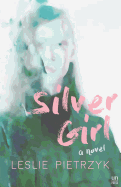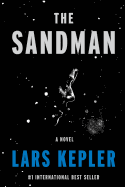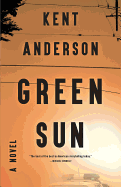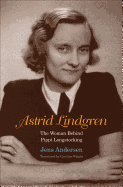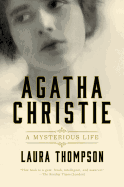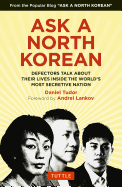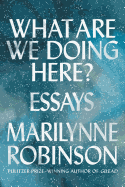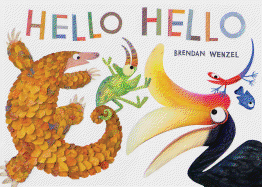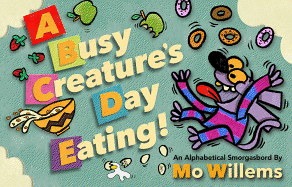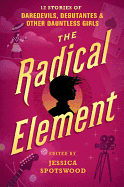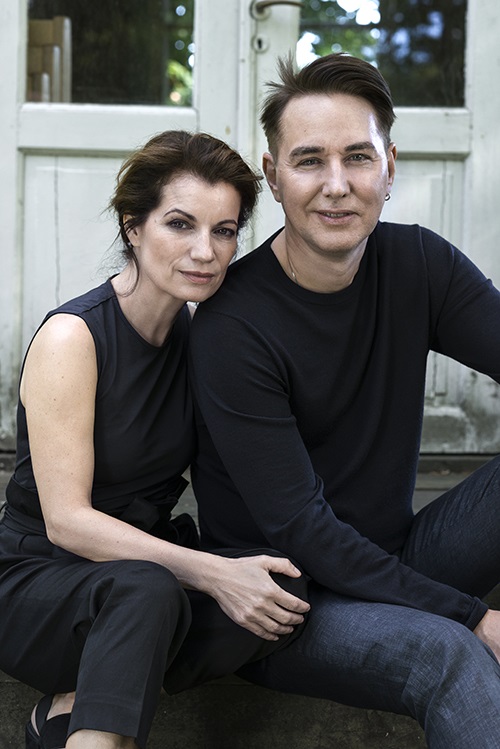 |
| photo: Ewa Marie Rundquist |
After publishing separate books under their real names, married couple Alexander Ahndoril and Alexandra Coelho Ahndoril created the Lars Kepler persona to write the internationally bestselling thriller series featuring Detective Inspector Joona Linna of the Swedish national police. The Sandman (see our review below), fourth in the series, sees Linna asking his formidable colleague Saga Bauer to help him once again confront a serial killer who threatened Linna's family years ago. And, once again, the Ahndorils show they are masters of unrelenting suspense.
Which one of you usually comes up with more disturbing scenes, and do you ever scare each other with how dark you can go?
Our fantasies and fears are very similar. Perhaps that's why our collaboration works so well. But there's no doubt that we scare ourselves and each other. Alexandra always experiences nightmares about halfway through the writing process. We've learned to take it as a good sign, since the nightmares disappear once we're done writing.
Since you don't divide up chapters when writing, how does the process work? Do you write together at the same computer?
It starts with long conversations, until we find a fundamental idea that we are passionate about and then we develop the narrative. At one point, we start to fill a wall with small pieces of paper, where every piece represents a scene in the story. We spend a couple of weeks standing in front of the wall, rearranging the pieces of paper, discussing alternatives and the decisions made by the characters. We don't stop until we feel completely certain that we have captured our story. And that's the point when we begin to write.
We sit side by side with one computer each and e-mail each other, exchange passages constantly, edit them, add to them, and continue writing where the other one left off. At the end of the writing process there is not a single sentence that one of us has written alone.
What qualities do you share with Joona and Saga, and in what ways do you differ most from them?
What a fun question! Joona Linna and Saga Bauer are sprung from our imagination, so there must be some aspects of us within them, but we lack most of the extraordinary abilities that make them stand out. Alexandra was at one point a skilled sharpshooter, just like Saga and Joona. Alexander has practiced Thai boxing and was recruited to the Special Forces. He is also a very stubborn person who never gives up, which is one of the defining traits of Joona Linna.
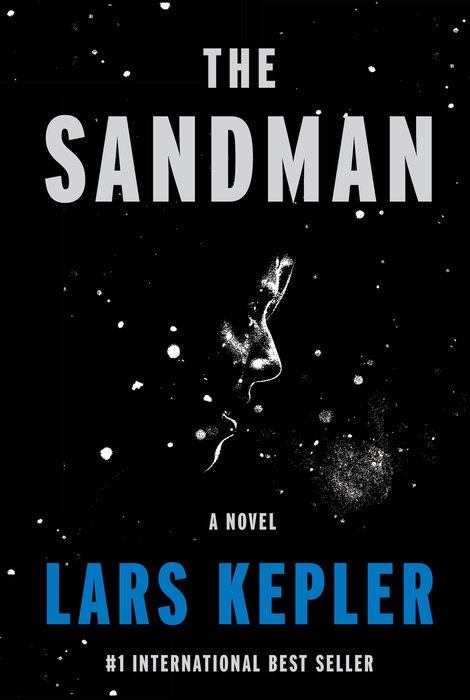 Your style is very cinematic. How has your love of films influenced your writing? Who are your favorite directors?
Your style is very cinematic. How has your love of films influenced your writing? Who are your favorite directors?
We both love movies and books. Since we devote all day, every day, to writing, it's a nice way for us to relax by embracing fiction in a different form. That's probably why we watch at least one movie per night and a few episodes of a TV show. We've brought a lot of influences from the world of movies into our writing, the intense feeling of being present and the need for a strong momentum.
There are so many fantastic directors and exceptional movies, but we usually spend our weekends watching movies with our teenage daughters and the movies they've become infatuated with are Fight Club and The Game by David Fincher, The Butterfly Effect by Eric Bress and J. Mackye Gruber, and Inglourious Basterds by Quentin Tarantino.
The Joona Linna books are set for new film and TV adaptations. Screen versions often differ from the source material, but which elements would you say shouldn't be changed? For example, what if the filmmakers want to move the setting away from Sweden?
We're very happy about this--it's exciting, and we feel we are in good hands. However, movies and TV differ quite a bit from books, and for us, a movie set in Sweden is not crucial. We write stories that we perceive as being universal, stories about extreme situations and how they affect people and relationships.
Does Lars Kepler usually materialize to tell you he has a story idea, or do you get the idea first and then conjure him to start writing?
Ever since we started writing together we've experienced a big, creative rush. In the beginning, we were worried that the magic we had found via Lars Kepler would eventually disappear. We did everything in our power to make him stay with us. We even acquired certain habits to evoke the Lars Kepler feeling. But subsequently we've started to trust that he'll stay with us, even without the rituals. The ideas are always born through our conversations. We talk about fears, about exciting thoughts, intriguing situations and suddenly we have the heart of a new story, something we feel is authentic, something that we feel engaged with on a deep level.
Do you have plans to write non-crime books together?
We don't have any such plans, since we just have too much fun doing what we do, and the grand possibilities and complexity of the crime genre is still a challenge. --Elyse Dinh-McCrillis, blogger at Pop Culture Nerd
Lars Kepler: Nightmares As Harbingers of Good
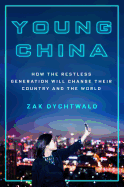 Nĭ hăo! I'm knee deep in a Mandarin language-learning app. I have pop superstar Zhang Guo Rong and Chengdu hip-hop artist Kafe.Hu playing on a loop. And I'm gobbling up Zak Dychtwald's personable inquiry into the social and cultural shifts experienced by Chinese millennials, Young China.
Nĭ hăo! I'm knee deep in a Mandarin language-learning app. I have pop superstar Zhang Guo Rong and Chengdu hip-hop artist Kafe.Hu playing on a loop. And I'm gobbling up Zak Dychtwald's personable inquiry into the social and cultural shifts experienced by Chinese millennials, Young China. Right now, I'm familiarizing myself with Lonely Planet's pocket guides to Beijing and Shanghai--where I'll spend the tail end of my trip. I'll take these everywhere with me, because one time in Prague, my boyfriend and I mismanaged our sightseeing time (classic us!) and our phones were dying. Becoming ever so "hangry" as the evening grew darker, we whipped out our little book and quickly located a fabulous restaurant not six blocks away. Within minutes we were gorging on duck and herbal Czech liqueur.
Right now, I'm familiarizing myself with Lonely Planet's pocket guides to Beijing and Shanghai--where I'll spend the tail end of my trip. I'll take these everywhere with me, because one time in Prague, my boyfriend and I mismanaged our sightseeing time (classic us!) and our phones were dying. Becoming ever so "hangry" as the evening grew darker, we whipped out our little book and quickly located a fabulous restaurant not six blocks away. Within minutes we were gorging on duck and herbal Czech liqueur.



 Your style is very cinematic. How has your love of films influenced your writing? Who are your favorite directors?
Your style is very cinematic. How has your love of films influenced your writing? Who are your favorite directors? In 1940, the United States Department of the Interior under Harold Ickes outlined a plan to resettle European Jewish refugees in Alaska. In real life, this proposal met fierce resistance from Alaska Territory's representative in Congress, Anthony Dimond. In Michael Chabon's The Yiddish Policemen's Union, Dimond dies in a car accident, and by the modern day, Sitka, Alaska is an autonomous Jewish metropolis. But this Federal District was never meant to be permanent, and only months remain until "Reversion," in which Sitka will be given to the state of Alaska. For Meyer Landsman, a homicide detective (or "latke," nicknamed for their wide-brimmed hats), a fresh murder case should be the least of his problems after alcoholism, divorce and the looming unknowns of Reversion, but the dead body discovered elsewhere in his grimy hotel home leads Landsman down a tunnel of criminal Hasidic sects, personal demons and international plots of messianic proportions.
In 1940, the United States Department of the Interior under Harold Ickes outlined a plan to resettle European Jewish refugees in Alaska. In real life, this proposal met fierce resistance from Alaska Territory's representative in Congress, Anthony Dimond. In Michael Chabon's The Yiddish Policemen's Union, Dimond dies in a car accident, and by the modern day, Sitka, Alaska is an autonomous Jewish metropolis. But this Federal District was never meant to be permanent, and only months remain until "Reversion," in which Sitka will be given to the state of Alaska. For Meyer Landsman, a homicide detective (or "latke," nicknamed for their wide-brimmed hats), a fresh murder case should be the least of his problems after alcoholism, divorce and the looming unknowns of Reversion, but the dead body discovered elsewhere in his grimy hotel home leads Landsman down a tunnel of criminal Hasidic sects, personal demons and international plots of messianic proportions.

